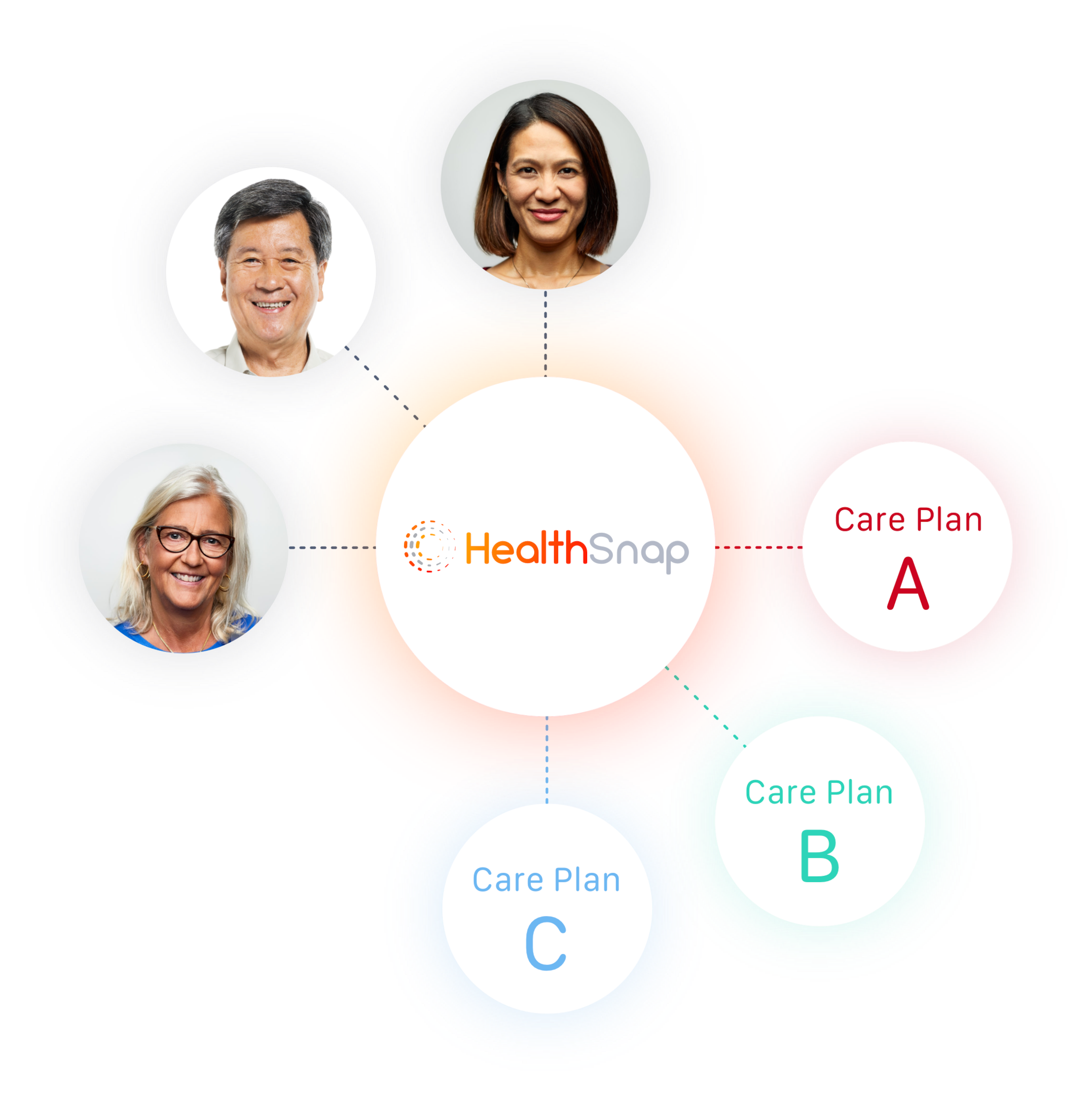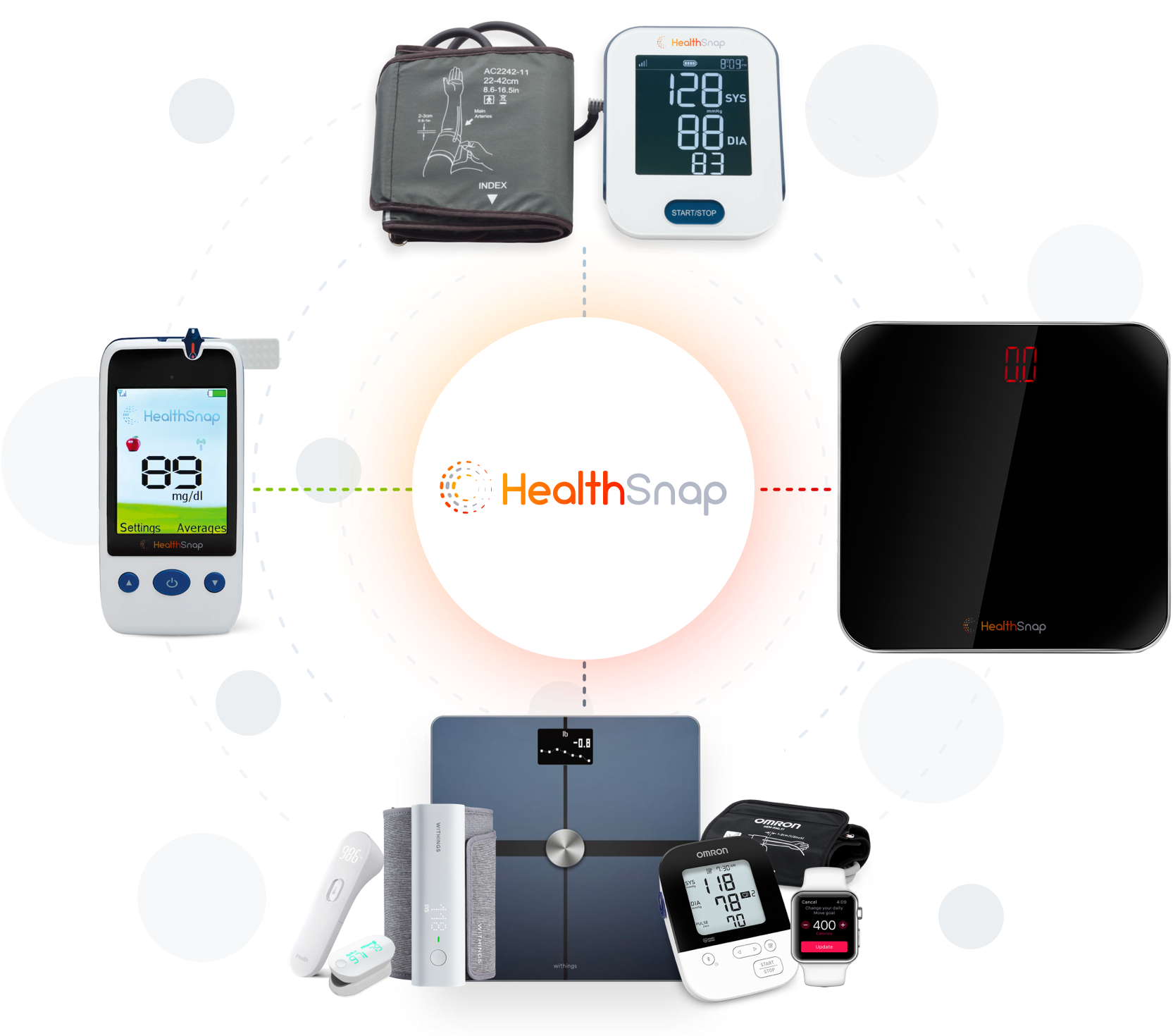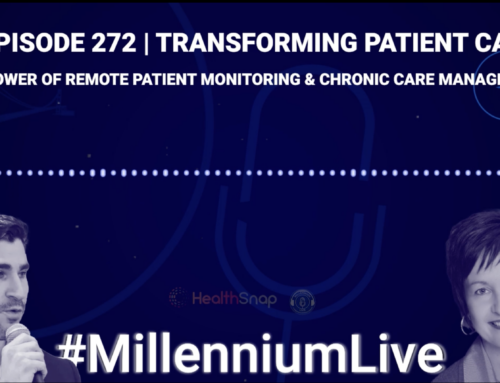In recent years, the US healthcare system has witnessed a paradigm shift in how patient care is delivered, thanks to advances in technology and the increasing demand for virtual healthcare services. One critical aspect of this evolution is the integration of remote nurses into Virtual Care Management Programs like Chronic Care Management (CCM) and Remote Patient Monitoring (RPM) programs. These specialized professionals are playing a pivotal role in delivering effective, patient-centered care to individuals living with chronic conditions. This article explores the multifaceted contributions of remote nurses in supporting chronic care management programs and the numerous benefits they bring to both patients and healthcare organizations.
The Landscape of Chronic Care Management and Remote Patient Monitoring
Chronic diseases, such as diabetes, hypertension, cardiovascular diseases, and respiratory conditions, constitute a significant burden on the healthcare system. These conditions demand ongoing management, monitoring, and education to prevent complications, improve population health outcomes, and enhance patients’ quality of life. Remote Patient Monitoring (RPM) and Chronic Care Management (CCM) programs have emerged as powerful tools to provide effective care while reducing the strain on traditional healthcare facilities.
The Role of Remote Nurses in Virtual Care Management and Population Health
Continuous Monitoring
Remote nurses, or Care Navigators, leverage RPM technology to monitor patients’ vital signs, medication adherence, and overall well-being. Near real-time data collection through cellular-enabled RPM devices allows for early detection of potential issues, enabling timely interventions and reducing the risk of complications.
Customized Care Plans
Each patient’s journey with a chronic condition is unique. Remote nurses collaborate with patients to develop personalized care plans that consider their medical history, lifestyle, and preferences. This tailored approach increases patient engagement and the likelihood of following the prescribed regimen.
Proactive Care
RPM allows a shift from episodic to proactive care in nursing. Nurses can track and follow-up on patients’ health conditions regularly, even when they are not physically present. Alerts and notifications are generated when any data falls outside predetermined parameters, indicating potential health issues. This proactive approach enables nurses to intervene early, reducing the incidence of complications.

Patient Education and Empowerment
Remote nurses serve as educators, equipping patients with the knowledge and skills needed to manage their conditions independently. They provide guidance on medication adherence, lifestyle modifications, symptom recognition, and emergency protocols. This enhances patients’ sense of control over their health, leading to better outcomes.
Regular Communication
Through virtual visits, emails, or messaging platforms, remote nurses maintain consistent communication with patients. These interactions offer patients a platform to discuss concerns, ask questions from a personal and population health perspective, and receive emotional support, fostering a strong nurse-patient relationship.
Advantages of Integrating Remote Nurses with Virtual Care Management
Improved Access to Care
Remote nurses break down geographical barriers, making healthcare accessible to individuals residing in remote or underserved areas. This is particularly beneficial for patients who would otherwise struggle to access specialized care.
Enhanced Patient Compliance
The continuous support and monitoring provided by remote nurses promote adherence to treatment plans. Patients are more likely to follow prescribed interventions when they know a healthcare professional is monitoring their progress.
Reduced Hospitalization Rates and Health Outcomes
Timely interventions based on remote monitoring data can prevent exacerbation of chronic conditions, ultimately leading to fewer hospitalizations. This not only improves patients’ quality of life but also reduces healthcare costs.
Reduced In-Person Visits
Through Remote Patient Monitoring, routine follow-up visits can be minimized. Nurses can remotely assess patients’ conditions and intervene only when necessary. This streamlines nurses’ workloads, freeing up time for more complex cases.
Virtual Consultations
Chronic Care Management (CCM) often involves virtual consultations between remote nurses and patients. These appointments enable patients to discuss concerns, receive professional advice, and seek clarification on treatment plans, health determinants and health improvement guidance without the need for in-person visits.
Resource Optimization
By shifting a portion of patient care to remote settings, health care professionals and organizations can optimize resource allocation towards emerging public health functions. This enables traditional healthcare facilities to focus on more critical cases while still providing comprehensive care to chronic patients.
Data-Driven Insights
Remote monitoring generates a wealth of data that can be analyzed to identify trends and patterns. Remote nurses and healthcare organizations can use this information to refine care plans and enhance the overall management of chronic conditions.
Scalability and Affordability
RPM and CCM programs transcend geographical barriers, lower the costs of healthcare delivery and medical care systems, and enable faster rolling of care programs, making healthcare accessible at scale. This scalability allows nurses to care for a larger patient population without compromising quality and with overall health improvement.

HealthSnap Offers Proven and Reliable Virtual Care Management Programs
HealthSnap, a pioneering virtual care management platform, seamlessly integrates remote nursing with its innovative Remote Patient Monitoring (RPM) and Chronic Care Management (CCM) programs. The platform empowers healthcare providers to offer personalized care, continuous monitoring, and timely interventions, all while optimizing nursing resources. The platform serves as a bridge between healthcare providers, remote Care Navigator nurses, and patients, fostering a far more effective approach to patient management with improved outcomes.
Comprehensive Patient Monitoring
HealthSnap’s platform seamlessly integrates with RPM devices to gather and transmit patient health data in near real-time. Remote nurses monitor this data, ensuring that patients’ chronic conditions are properly managed.
Personalized Care Plans
HealthSnap empowers remote nurses to collaborate with patients and design individualized care plans. These plans encompass medication management, lifestyle modifications, and symptom recognition to positively influence health outcomes.
Regular Patient Engagement
Through HealthSnap’s communication tools, remote Care Navigator nurses maintain regular contact with patients. Virtual consultations, messaging, and email ensure that patients have a direct line of communication with their healthcare providers.
Steps Involved in Implementing an RPM and CCM Program at a Healthcare Organization
Implementing a Remote Patient Monitoring (RPM) and Chronic Care Management (CCM) program, along with the integration of remote nursing, is a comprehensive process that involves several key steps. These steps ensure a successful roll out of the program, optimized patient care, and efficient resource utilization. Consideration include:
Needs Assessment and Planning
-
Identify the patient population that could benefit from RPM and CCM services. Consider health conditions, patient demographics, and healthcare goals.
-
Define the objectives and goals of the program. Determine the outcomes you aim to achieve, such as improved patient outcomes, reduced hospitalizations, and optimized nursing resources.
-
Plan the program scope, including the number of patients to enroll, the frequency of monitoring, and the level of remote nursing support required.
Selecting Technology and Partners
-
Research and select suitable cellular-enabled RPM devices and a virtual care management platform, such as HealthSnap, that aligns with your organization’s needs. Ensure the technology is user-friendly for both patients and healthcare providers.
-
Explore partnerships that include care management services like HealthSnap, ensuring they have a track record of successful implementation and support.
Training and Education
-
Train your healthcare staff, including nurses, physicians, and support personnel, on the use of RPM devices and the program’s objectives.
-
Educate patients about the RPM and CCM program, its benefits, and how they can actively participate. Explain the role of remote nurses in their care.
Patient Enrollment and Onboarding
-
Identify eligible patients and enroll them in the program with their consent.
-
Create a seamless onboarding process that includes explaining the program, setting up RPM devices, and introducing remote nursing services.
Care Plan Development
-
Collaborate with remote nurses to create personalized care plans for each patient. These plans should incorporate RPM data and consider patients’ medical history, preferences, and lifestyle.
RPM Device Usage
-
Ensure that the cellular-enabled RPM devices are pre-configured and require minimal to no effort on the patient’s part to use them correctly. Provide clear instructions on how to use the devices and troubleshoot common issues.

Continuous Monitoring
-
Remote nurses begin monitoring patients’ health data generated by RPM devices. They analyze trends, identify deviations, and intervene proactively when needed.
Virtual Consultations
-
Schedule regular virtual consultations between remote nurses and patients. These consultations allow patients to discuss their progress, ask questions, and receive guidance.
Data Analysis and Refinement
-
Regularly analyze the data collected from RPM devices to identify trends and patterns.
-
Collaborate with remote nurses to refine care plans based on data insights and patient feedback.
Patient Engagement and Education
-
Remote nurses continue to educate patients about their conditions, medications, and self-management strategies during virtual consultations.
Population Health Outcomes
-
Continuously assess the program’s outcomes and impact on patient care, hospitalizations, and nursing resources.
-
Use data-driven insights to refine the program and make necessary adjustments.
Reporting and Communication
-
Provide regular updates to healthcare staff, stakeholders, and patients about the program’s progress and achievements.
Continuous Improvement
-
Regularly review the program’s effectiveness and seek feedback from both patients and healthcare providers.
-
Make improvements based on feedback and evolving healthcare needs.
Scaling and Expansion
-
Once the program is successfully implemented, consider expanding it to other patient populations or healthcare facilities within your organization.
Implementing an RPM and CCM program with the integration of remote nursing requires careful planning, coordination, and commitment from healthcare providers, staff, and patients. By following these steps, healthcare organizations can optimize patient care, enhance outcomes, and effectively manage nursing resources.

HealthSnap: The Future of Virtual Care Management is Here
The integration of remote nurses into chronic care management programs marks a significant stride in healthcare innovation. These skilled professionals bridge the gap between traditional healthcare and modern technology, providing patients with comprehensive, patient-centered care. Remote nurses empower patients to take control of their health and lead more fulfilling lives despite chronic conditions.
HealthSnap’s cutting-edge virtual care platform is revolutionizing patient care by seamlessly integrating Remote Patient Monitoring (RPM) and Chronic Care Management (CCM) services with expert remote nursing support. Empower your patients with personalized care plans, real-time monitoring, and virtual consultations, all designed to enhance engagement, improve outcomes, and support business bottom lines. Partner with HealthSnap to transform your virtual healthcare delivery capabilities. To learn more about us or to request a demo, call today at 888-780-1872 (Ext. 3) or click here to schedule a consultation.












Leave A Comment
You must be logged in to post a comment.